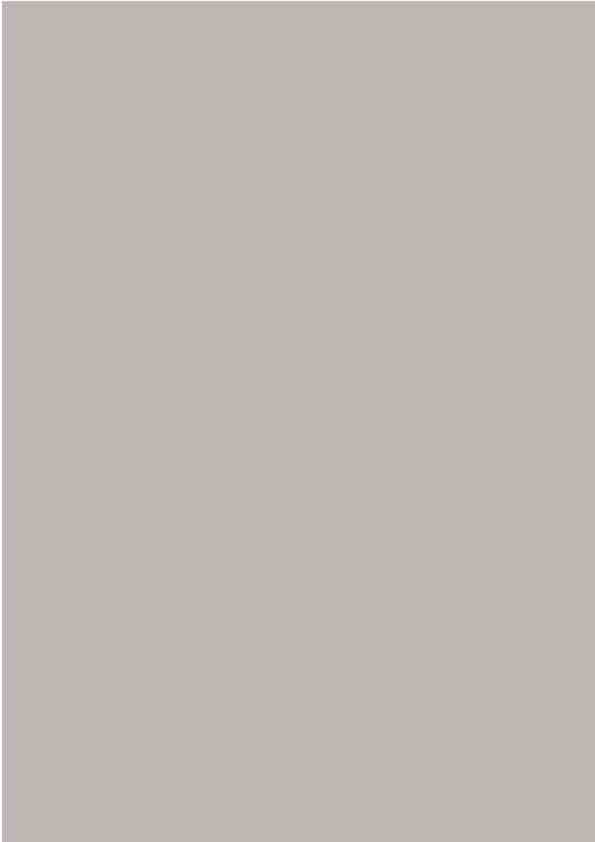|
From my present position as researcher at the Jan van Eyck, I came to gain an interest in the Dutch welfare system. Hence, I am currently doing a detailed exploration of the fascination for the environment, constructed around the control and administration of social securities. This theme, associated with the marginal, enables me to relate to a number of artistic strategies. The crux of the matter is that most artistic projects do not wish to be associated with the control regime they are criticizing. Yet, any form of reproduction, representation and simulation – which is inherent in artistic practice – contrasts with the invisible, uncontrollable nature of marginal places or groups not willing to fit in any given framework. The same paradox of visibility occurs in the rise of ‘Centres for Work and Income’ in the Netherlands. These so-called ‘Werkpleinen’ (‘job squares’) are the manifestations of a larger governmental project, which integrates welfare and recruitment agencies and offers guidance to create opportunities in the job market. The design is largely derived from corporate business culture, as in the drive to gear transparency and publicity towards client or public orientation. Nevertheless, the social security recipient, the pivot of this policy, submits to intervening counselling, implicating a withdrawal from his active role in society, which amounts to social invisibility. When I take photos I activate the environment by constructing it. However, the moment the shutter is released, the equipment takes over. Via this temporal withdrawal, the critical status of the artist is brought into question. I employ the consciously chosen, yet insuperable vantage-point of the outsider, as an objective to set against, to challenge my artistic vocabulary and production.
|







